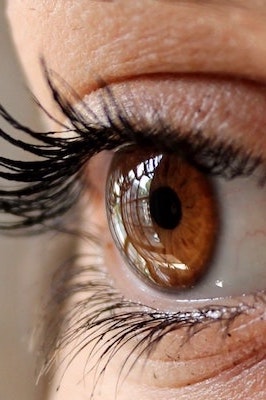EMDR THERAPY
What Is EMDR?
Eye Movement Desensitization and Reprocessing (EMDR) is a therapeutic technique used to help people process and recover from trauma. Using bilateral stimulation (side-to-side movements) and the brain’s innate healing mechanisms, EMDR is extremely beneficial for reducing symptoms of PTSD, anxiety, and other trauma-related issues.
The History And Research Of EMDR
Developed by the American psychologist Dr. Francine Shapiro in the 1980s, this therapy evolved from a study of eye movement and its calming effect on the brain. Dr. Shapiro practiced EMDR on a wide range of clients who struggled with trauma-related symptoms, eventually publishing her findings in 1989.
Since then, EMDR has been the subject of numerous studies, with a substantial body of research, including that from highly reputable trauma therapy organizations and psychological associations like the Department of Veterans Affairs (VA) and the National Alliance on Mental Illness (NAMI).
Shown to effectively reduce the impact of PTSD, EMDR is as effective in treating trauma as the gold standard of treatment: Cognitive Behavioral Therapy (CBT). [1] However, a key difference between the two therapies is that CBT is a “top-down” behavioral approach, while EMDR has been shown to actually change the brain’s neural pathways and stress response.
What To Expect In EMDR Sessions
Eye Movement Desensitization and Reprocessing is a highly structured form of therapy that combines cognitive, emotional, and physical elements. In EMDR sessions, you’ll work with a trained therapist who will gently guide you through the process of recalling a distressing memory. At the same time, you will be cued with lights, sounds, or movements to rhythmically move your eyes from side to side. This process is known as bilateral stimulation, which is essential to the EMDR treatment process. Bilateral stimulation opens up neural pathways that have been blocked by trauma, thereby offering your brain a new avenue for reprocessing your memories.
Through EMDR, your brain can better adapt to stress and experience a significantly reduced emotional impact when recalling a traumatic experience. Not only can this therapy aid in stress management and emotional regulation—it can transform your self-perception from negative to positive, offering you a more neutral relationship with your trauma.
What Makes EMDR Unique?
As a multifaceted approach to healing, EMDR therapy aligns with contemporary knowledge surrounding the interconnectedness of psychological, emotional, and physiological processes. Unlike other therapies that target surface-level symptoms and require verbal processing, EMDR focuses on the sensory experience of recalling the trauma, fostering internal resilience and empowerment without the need for detailed verbal disclosure.
EMDR Therapy Through Middle Way Psychotherapy
As a trauma-informed somatic therapy practice, EMDR is a powerful tool we use in treatment. Not only does EMDR reduce the effect of trauma, but it emphasizes body awareness, movement, attachment, and a healthy therapeutic relationship—all crucial elements of healing.
At Middle Way Psychotherapy, we have seen the tremendous effect this therapy has had on the lives of our clients. As clients process traumas and develop adaptive self-beliefs, they often experience an increase in self-esteem and confidence. Moreover, EMDR allows them to experience fewer symptoms of anxiety, insomnia, and PTSD, as well as less physical arousal associated with their traumatic memories.
Combining Eye Movement Desensitization and Reprocessing with relational therapy, mindfulness, breathwork, creative therapies, and other holistic approaches, we believe that this method has the potential to facilitate an integrative and life-changing healing process. EMDR creates a pathway for transformation.
Beginning EMDR is a brave step toward healing. Though this journey may uncover deep emotions, it is a safe process that allows you to move away from past burdens each and every session. Our therapists will support you in navigating your EMDR journey, reminding you that healing isn’t linear and that each step—no matter how big or small—is progress.
Let Us Help You Change Your Life’s Trajectory
Time and again, we have seen clients struggling under the heaviest burdens make amazing changes through EMDR therapy. Its depth, scope, and effectiveness as a treatment strategy—particularly for trauma and PTSD—is almost unparalleled.
If you’re interested in EMDR treatment and looking for a therapist who can help you, please call us to find out more about how our EMDR specialists may be able to help you.






